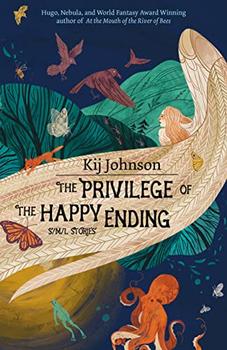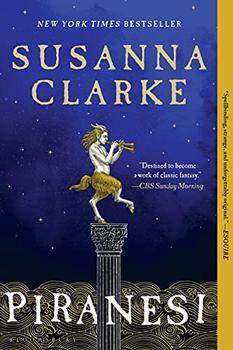Summary | Excerpt | Reviews | Beyond the book | Read-Alikes | Genres & Themes | Author Bio

Invisible Cities by Italo Calvino (1923-1985) details a series of conversations between the 13th-century figures Kublai Khan, the great Mongol emperor, and Marco Polo, the legendary Italian explorer. Although he at first has to overcome a language barrier (which he does through gestures, noises, and pantomime), Polo describes to Kublai 55 fantastical cities. There is Zora, a city that imprints itself with photographic detail into travelers' memories but in doing so remains frozen in time, like a picture; there is Despina, a city that appears to the traveler approaching by camel as an enormous ship and to the traveler approaching by ship as a giant camel; there is Chloe, a city whose denizens daydream and fantasize about each other while never actually interacting for more than a second; there is Octavia, a city suspended over an abyss by a gargantuan spiderweb of ropes, chains, and cables.
We understand that Polo (and by extension Calvino) is speaking in metaphor. He is not literally describing cities he has seen, but using each city to express a certain truth about cities — and modern society — in general. (At one point, Kublai asks about Polo's home city of Venice; "Every time I describe a city," Polo responds, "I am saying something about Venice.") Through that lens, it's relatively easy to determine what each city-focused prose poem is "about." Despina is about the way travelers project their desires onto their destination. Chloe is about the paradox of city living, where one can be lonely even while surrounded by people. Octavia is about the precarity of cities and institutions we take for granted. And so on.
But if Invisible Cities did nothing but frogmarch the reader from one obvious message to another, it wouldn't be a classic of postmodern literature. Even at his headiest, Calvino was a playful writer, endlessly imaginative and inventive. His novel If on a winter's night a traveler tells a thrilling, genre-jumping story through the second person. In Cosmicomics, Calvino uses scientific facts as the impetus for fantastical stories in which cheese is harvested from the moon, and a woman's desire to make pasta causes the universe to expand from a singularity. Invisible Cities' tone is mostly reflective, even somber, but beneath meditations on capitalism and semiotics, there is a treasure trove of the weird and wonderful, expressed through vivid and poetic prose. In just a page and a half, Calvino makes any given city feel more intriguing and tangible than the tedious worldbuilding of dozens of fantasy novels.
Invisible Cities' narrative seems to exist outside of time and space. Polo's stories are full of anachronisms like dirigibles and Ferris wheels, and Calvino's eerily precise prose makes the reader feel as though they're viewing pockets of existence in a great white void. Somehow, it only makes the story more plausible: we sense that we can step outside ourselves, squint into the distance, and see faint but unmistakable skylines dotting the horizon.
![]() This review
first ran in the January 29, 2025
issue of BookBrowse Recommends.
This review
first ran in the January 29, 2025
issue of BookBrowse Recommends.

If you liked Invisible Cities, try these:

The Privilege of the Happy Ending
by Kij Johnson
Published 2023
A surprising and exciting new collection of speculative and experimental stories that explore animal intelligences, gender, and the nature of stories.

by Susanna Clarke
Published 2021
From the New York Times bestselling author of Jonathan Strange & Mr Norrell, an intoxicating, hypnotic new novel set in a dreamlike alternative reality.
Your guide toexceptional books
BookBrowse seeks out and recommends the best in contemporary fiction and nonfiction—books that not only engage and entertain but also deepen our understanding of ourselves and the world around us.